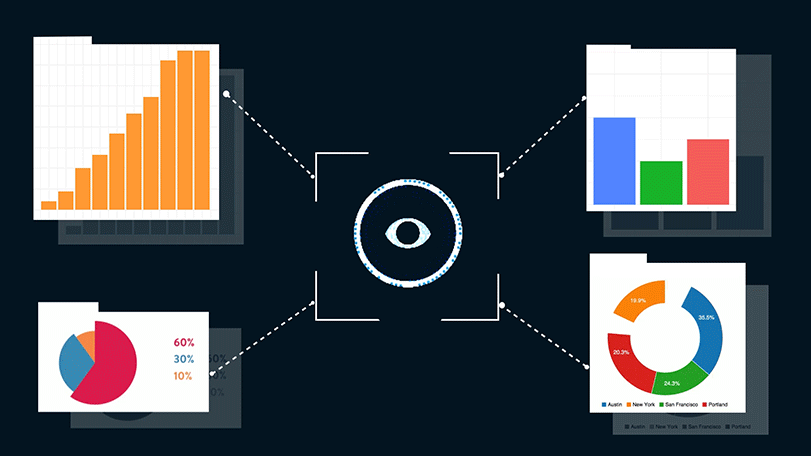One of the current problems in distributed systems in the cloud that is making observability across the entire system more important is the increasing complexity and dynamism of these systems.
![]() In the past, distributed systems were typically monolithic, meaning that they were composed of a single, large piece of software. This made them relatively easy to observe, as all of the components of the system were in one place.
In the past, distributed systems were typically monolithic, meaning that they were composed of a single, large piece of software. This made them relatively easy to observe, as all of the components of the system were in one place.
![]() However, modern distributed systems are typically composed of many smaller, microservices-based components.
However, modern distributed systems are typically composed of many smaller, microservices-based components.
These components may be distributed across multiple cloud providers and may be constantly changing. This makes it much more difficult to observe the system as a whole.
![]() Another problem is the increasing use of containers to deploy and manage distributed systems. Containers are isolated environments that run on top of a shared operating system. This isolation makes it difficult to collect telemetry data from containers, as the data is often not visible to the outside world.
Another problem is the increasing use of containers to deploy and manage distributed systems. Containers are isolated environments that run on top of a shared operating system. This isolation makes it difficult to collect telemetry data from containers, as the data is often not visible to the outside world.

All of these factors are making observability across distributed systems in the cloud more important. Observability is essential for identifying and resolving performance problems, debugging code, and understanding how the system is behaving.
Identifying and resolving performance bottlenecks: Observability data can be used to identify performance bottlenecks across the entire system, including in containers and serverless applications. This information can then be used to optimize the code or infrastructure to improve performance.
Debugging code: Observability data can be used to troubleshoot code in individual microservices, even if they are distributed across multiple cloud providers. This can help to reduce the time it takes to fix bugs.
Understanding system behavior: Observability data can be used to understand how the system is behaving under load, how new changes are impacting the system, and how users are interacting with the system. This information can be used to improve the system’s performance, reliability, and scalability.
How Bootlabs can help you in building your Observability approach is as follows:
Use a cloud-native observability platform: A cloud-native observability platform can collect and analyze telemetry data from all of the different components of a distributed system, including containers and serverless applications.
Implement distributed tracing: Distributed tracing allows you to track the flow of requests through a distributed system, even if the requests are processed by multiple microservices. This can help you to identify performance bottlenecks and troubleshoot problems.
Use metrics and logs: Metrics and logs are essential for observability. Metrics provide quantitative data about the system’s performance, while logs provide qualitative data about the system’s behavior.
Monitor your system under load: It is important to monitor your system’s performance under load to identify any potential bottlenecks. You can use load testing tools to simulate load on your system.
Use alerts and dashboards: Alerts and dashboards can help you to stay on top of your system’s health and to be notified of any problems quickly.
